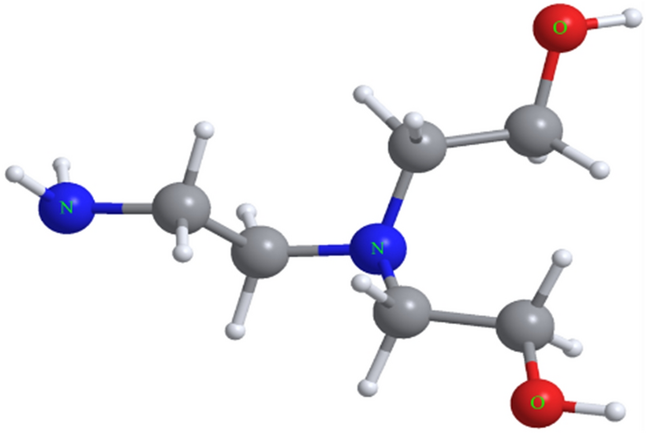
The method will be extended first in life sciences and simple biomolecules and eventually on to short proteins and self-assembling structures. This work lays the foundation for much more predictive, and reliable materials modelling involving fewer assumptions, and taking into account a much more complete set of molecular forces. Here, it is essential to understand the structure and simulations of elements at the molecular scale in a variety of complex and changing environments, as the molecular structure of drug design is critical to their effectiveness.
CHEMDRAW ULTRA BALL AND STICK MODEL FULL
The simplicity of the “electronic coarse graining” approach captures the full spectrum of intermolecular forces, including those that arise from dispersion and polarization, which are typically not included in conventional models.Īn example of the model created when using the new, “electronic corse graining” approachĪ particularly challenging and important area for this type of research is in the life sciences and biotechnology space, where the development pipeline for new drugs and compounds is often long and costly – and molecular-level insight is priceless. The approach – called “electronic coarse graining” – represents the electron cloud bound to a molecule as a single charged object tethered to the molecular frame by a spring. IBM researchers, in conjunction with the Hartree Centre have developed a fundamentally new strategy for capturing these electronic effects in molecules, which can predict the weird properties of water – from the freezing point to the critical point (when water’s liquid and vapor states can coexist) and beyond. Coping with such a wide range of conditions presents fundamental challenges for current methodologies which tend to be designed to cope with a single, average, environment rather than adapt to changing circumstances. As a result, these effects are normally neglected in conventional simulations of materials, and predictive power is limited as a result.Īs an added problem, simulating molecules is even more difficult when dealing with outside influences, such as when the molecule is in a solution, encapsulated (such as when used to aid drug delivery), tagged with other molecules, or in contact with a cell surface. A good way of handling these effects, (incorporating quantum mechanical effects), without prohibitive computational expense, hasn’t yet been developed.

This behavior leads to a wide range of interactions, such as electron fluctuations (polarization) and charge distortion (dispersion) which influence how matter behaves. Conventional ball and stick model of the sucrose molecule Unlike the conventional “ball and stick” picture, the electrons within molecules are mobile they fluctuate, redistribute themselves and are distorted by their complex environments.


 0 kommentar(er)
0 kommentar(er)
